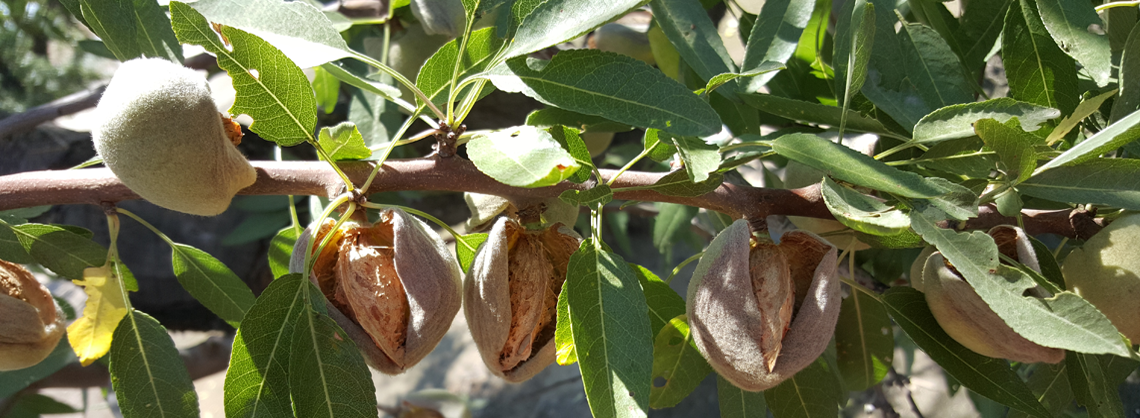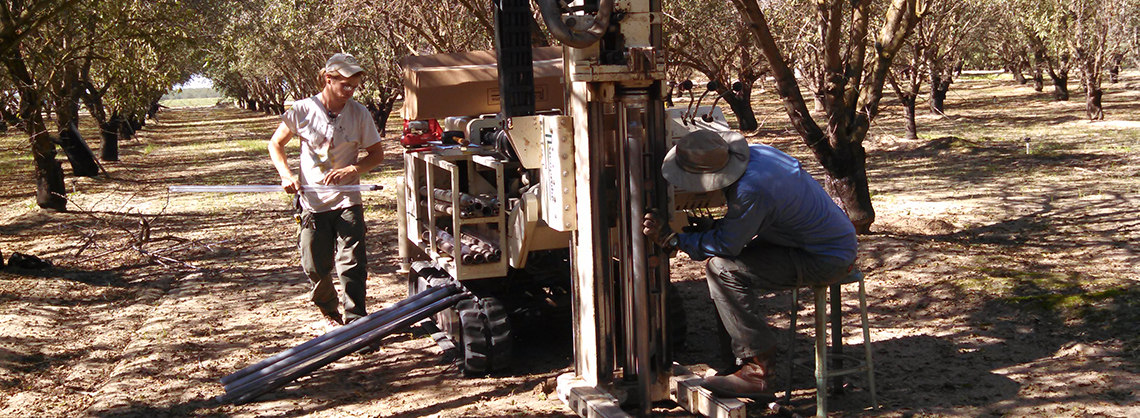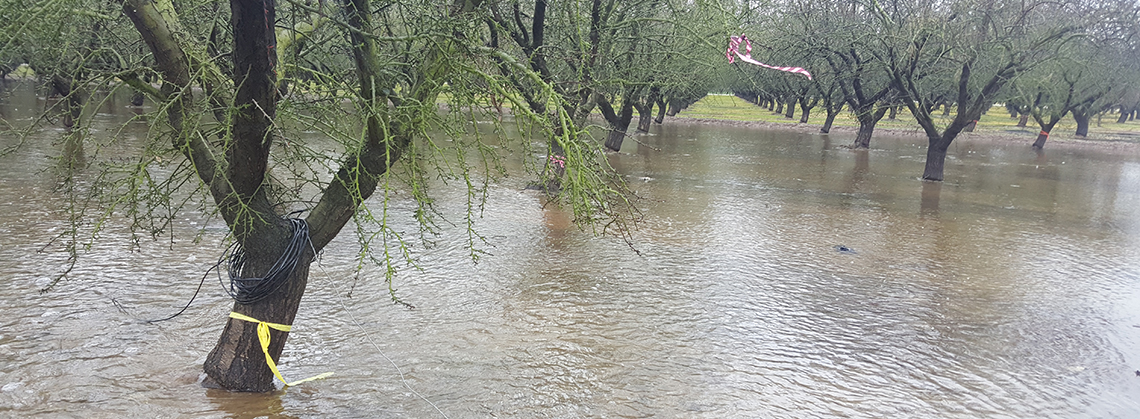THE ISSUE
Groundwater is a vital resource in California, providing approximately 30 (60) percent of the state’s water supply in normal (dry) years (DWR, 2013). Over the past predominantly dry years (2010-2014) groundwater levels have decreased substantially in almost all areas of the state. In some areas groundwater levels have dropped by more than 100ft below historic lows leading to land subsidence, increased pumping costs and dried up shallow groundwater wells. In order to achieve groundwater sustainability and to sustain California’s agricultural productivity and importance as one of the World’s leading food supplier large scale, statewide efforts need to be undertaken to recharge groundwater. Agricultural groundwater banking (ag-GB) could increase groundwater recharge statewide by applying “surplus” water from surface water sources immediately following storms and reservoir flood-control releases on agricultural land during the winter months.
Ag-Recharge Project Goals
- Develop a knowledge database that allows for the quantification of feasibility, risks and costs associated with opportunistic agricultural groundwater banking during the winter months (i.e. Nov.-Feb.) using storm/flood flows in normal or wet years on dormant and old (last year of rotation) alfalfa stands and irrigated pasture fields.
- Estimate the physical feasibility of agricultural groundwater banking by combining field research, GIS analysis and surface and groundwater modeling to develop a decision support tool for stakeholders to perform ag-GB based on the farm’s soils, climatic, water supply and water-infrastructure properties.
- Estimate the suitability of alfalfa and pasture crops for agricultural groundwater banking by estimating the crop physiological performance for different flooding durations, crop stages (growing stage, age of stand), soils (soil type, hydraulic conductivity, infiltration rate, soil compaction), climatic (air and water temperature) and biogeochemical (nutrient and contaminant concentrations, redox potential) conditions.
- Estimate the farm-economic feasibility by developing a decision support tool that allows estimation of on-farm costs of agricultural groundwater banking (e.g. costs associated with yield loss/gain, energy, labor, water permits, and management practices).
Our Ag-Recharge Project invites Collaborators
Our project team seeks to collaborate with farmers, water districts, conservation districts and managers. We are currently collaborating with the Scott Valley Irrigation District in Siskiyou County and the Orland-Artois Water District in Glenn County. View how you can participate in our field research efforts.
More information about ongoing research efforts can be found here.
Latest News
-
Flooding farms in the winter may help replenish groundwater
-
Soil Agricultural Groundwater Banking Index now on-line
-
Water for Food Security: A Global Conference
-
UC ANR Joint Strategic Initiative Conference
Useful Links
-
Water in the West
-
The California Weather Blog
-
Cal-adapt - Exploring California's climate change research
-
Maven's Notebook - California water, verbatim
-
The Groundwater Information Center Interactive map
-
California Institute for Water Resources
-
California WaterBlog
-
UC WATER - Security and Sustainability Research Initiative
Applications for Groundwater Recharge/Storage
-
Climate Change, Water, and Society IGERT
-
Groundwater Information & Educational Resources




